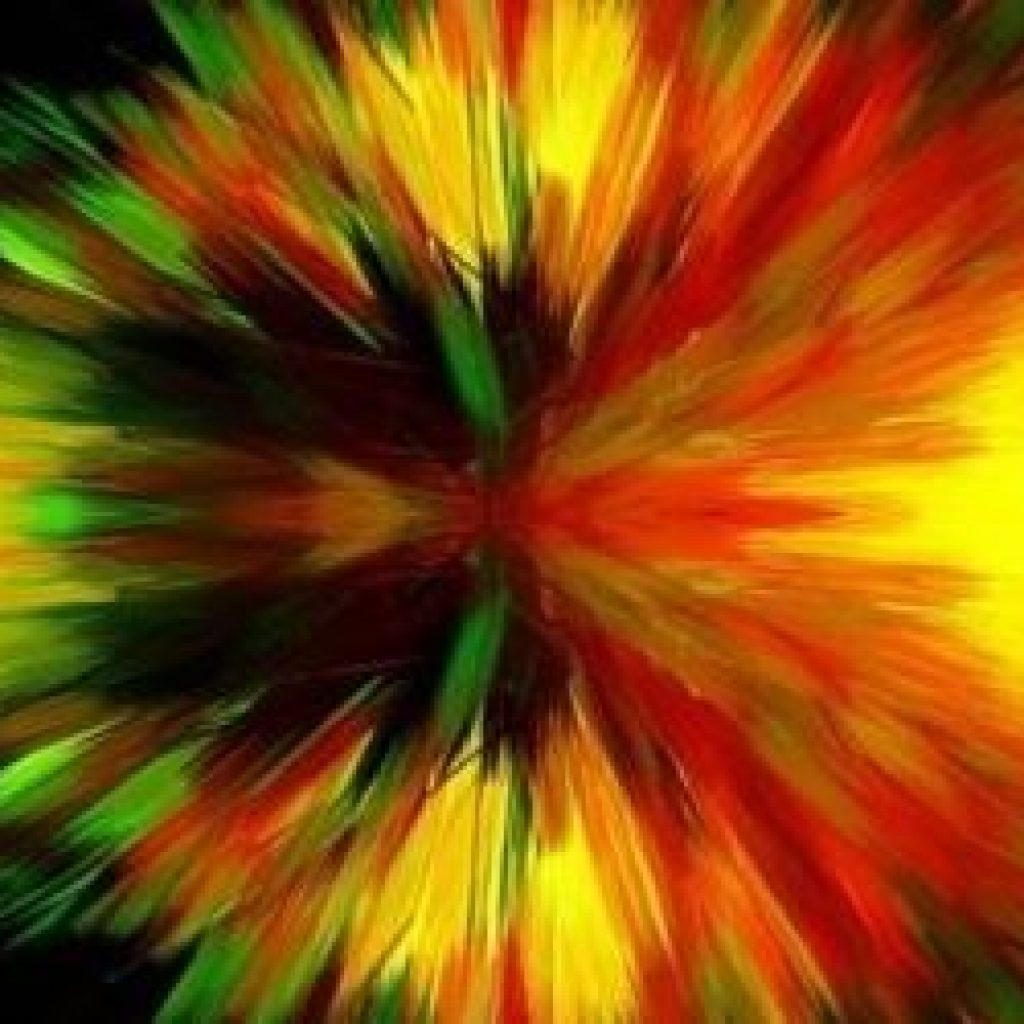(SingularityHub) Solutions to three of the essential problems in quantum communication have recently been found using the bizarre properties of quantum entanglement. Entanglement falls victim to decoupling–which is the tendency for entangled particles to become disentangled due to interaction with their surroundings. This makes long distance communication difficult, and, to overcome this, researchers have employed quantum repeaters. However, quantum repeaters cannot handle large amounts of traffic, and, if quantum networks are going to replace traditional networks, this needs to be addressed.
For years, researchers struggled to find ways to amplify quantum signals, store large amounts of quantum data, and allow for more than two nodes in a quantum network. Three recent successful research findings represent a great leap forward toward quantum communication:
1) Photons on Demand: Researchers from Austria, Sweden, and Italy demonstrated that they can make quantum repeaters more efficient by creating already-entangled photons when needed.
2) Storage in Cesium Atoms: A team of researchers from the Niels Bohr Institute published a paper last month explaining how they can store entangled photons much more simply.
3) A Rainbow of Wavelengths: A team of researchers from Vienna recently demonstrated that it is possible to use one photon to entangle with several others by splitting it into a variety of wavelengths, as a photon is both a wave and a particle. Each wavelength was then entangled with different photons, allowing for one node to communicate with several at one time.
Quantum Communication Takes a Great Leap Forward with Recent Entanglement Studies
